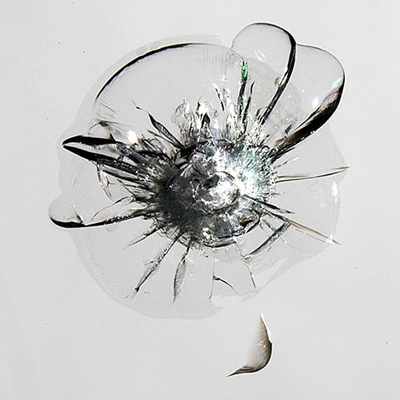Types of Windscreen Cracks & Chips
A crack or chip on a windscreen is always an inconvenience and there is never a good time for either of them to occur. What many road users may not know is that there are several different types of cracks and chips that can cause varying degrees of damage and hassle to car owners, so take a look at our guide below to find out more.
Bull’s Eye
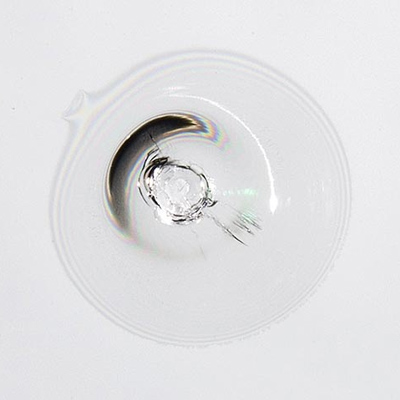
A bull’s eye chip is often caused by an impact from a rock or other object that results in a circular chip with a cone in the glass’ outer layer. It is larger than a chip but is of the same rudimentary form, in that a piece of glass has been removed by the impact.
Chip
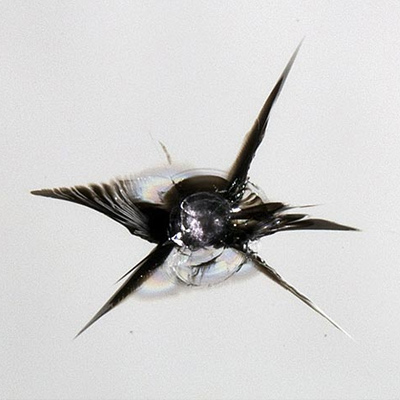
Chips are perhaps the most commonly seen damage to windscreens, caused by small pieces of rock that hit the glass and cause a small chunk of the glass to be removed.
Ding
This is a colloquial term used by many people to describe a small chip in the windscreen.
Edge Crack
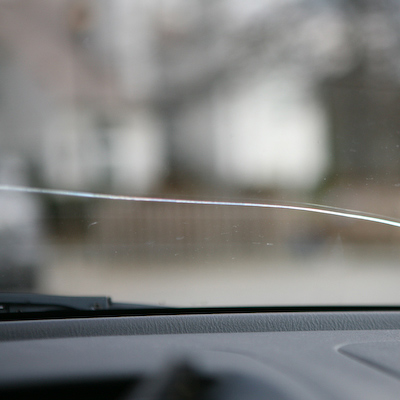
An edge crack is described as a crack that starts within two inches of the windscreen edge, or extends to the edge of the glass. The length of edge cracks is usually between 10” and 12”, making it quite a significant issue.
Floater Crack
Similar in length to the aforementioned edge crack, except it begins in the middle of the windscreen or anywhere more than two inches away from the edge of the windscreen.
Half Moon
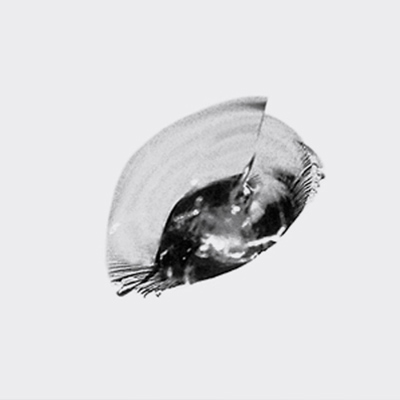
Similar to a bull’s eye crack, but as the name suggests, the impact does not leave damage in a completely circular pattern.
Stress Crack
A stress crack is a common problem that does not require any outside interference such as loose stones or objects hitting the windscreen. A typical cause of such a problem is a significant variation in temperature, such as when cars are left in particularly hot weather or conversely, if the windscreen is washed with very cold water. For example, in winter, when you come out to your car in the morning and the windscreen has frosted over, you should always scrape the ice away or remove it with cold water. Attempting to use hot water will induce a sudden change in temperature that can cause the glass to crack. Unlike other cracks, stress cracks do not actually involve glass coming away, which is why they are tested for by running a ballpoint pen across the crack.
Here at A1 Windscreens, we offer comprehensive and effective windscreen repair and replacement services that ensure you will be back on the road safely and swiftly. If you would like to know more about what we do, please feel free to get in touch with us today and we’ll be more than happy to help you.

